
Opitz International: tree transplantation with an Actros 3346
Story
Relocating rather than chopping down. With the “Optimal 2500”, Thomas Fröhling transplants trees across Europe. To do so, he uses an all-wheel drive Actros.
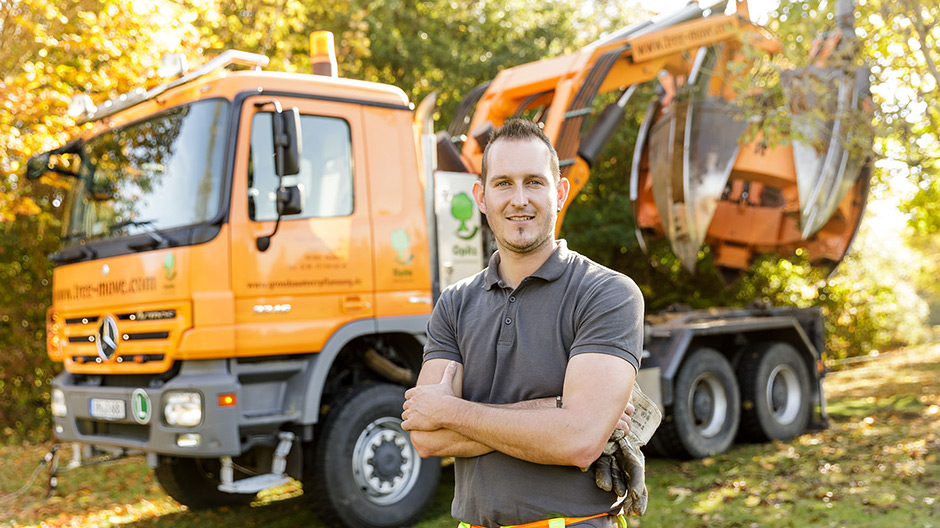
A passion for plants and lorries: master gardener Thomas Fröhling.
The holes on a golf course are usually almost eleven centimetres wide and ten centimetres deep. Unless Thomas Fröhling is doing a job there: his Actros 3346 produces holes with a diameter of 2.5 metres and a depth of 1.6 metres. Not for golf balls, but for trees.
Six trees to be moved.
The grass still damp from the morning dew. The sun has not yet climbed over the tree tops in Schönbuch nature park near Stuttgart.
Thomas carefully steers the transplanting machine over the well-tended lawn. The qualified landscape gardener is part of the Opitz International team. He came from Heideck, in the Franconia region, the day before with the orange-coloured three-axle truck. Now, he stops at a spot marked in white. This is where hole number one will be. A total of six trees are to be relocated today.
With this transplanting job, Opitz is fulfilling two missions simultaneously: after 25 years, some lime trees and maple trees are now too close together. In addition, the golf course needs to be better shielded from the busy main road. And why chop down the trees when they can be replanted just a few hundred metres away?
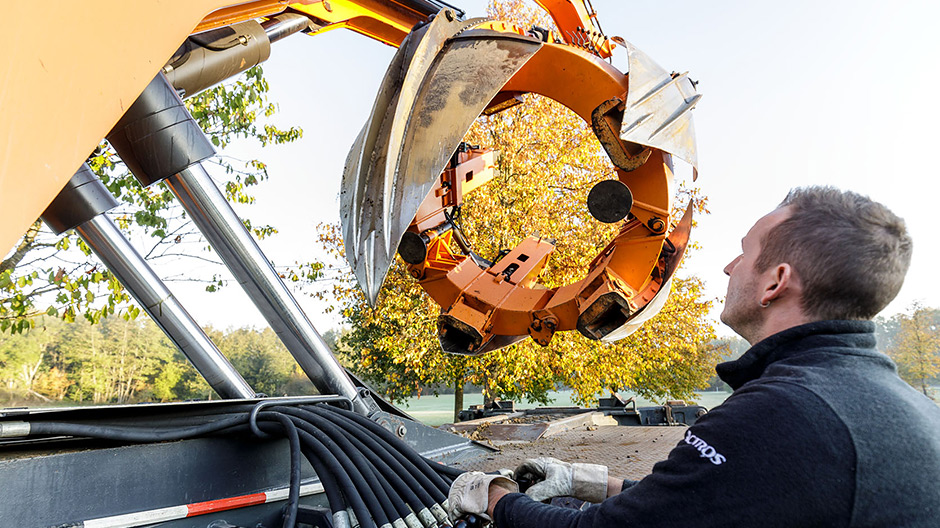
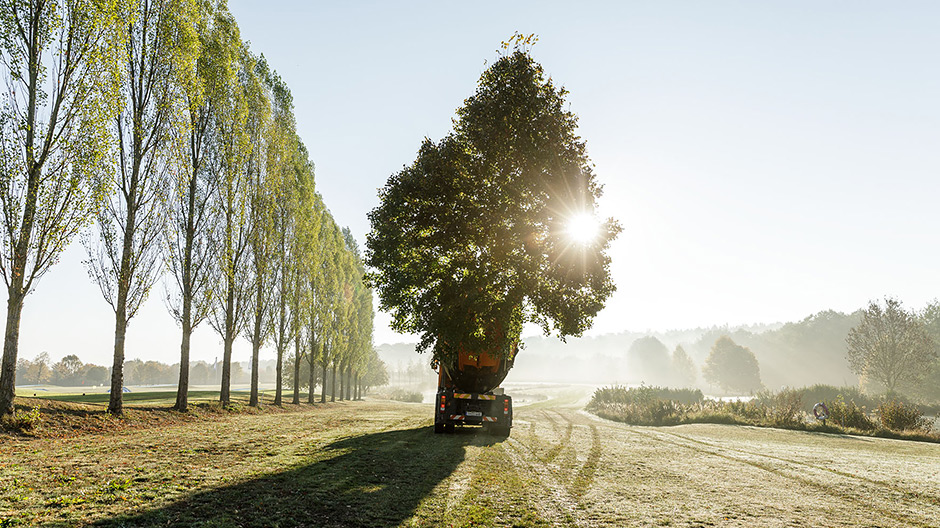
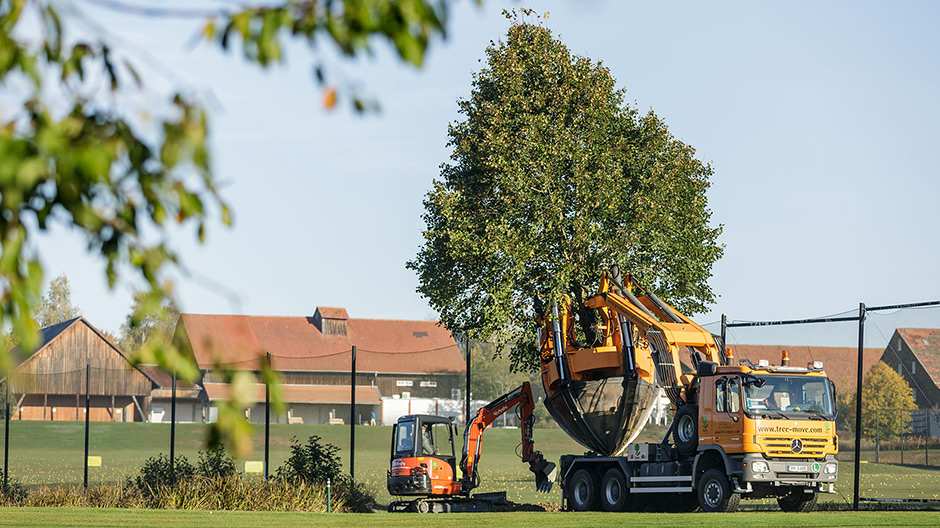
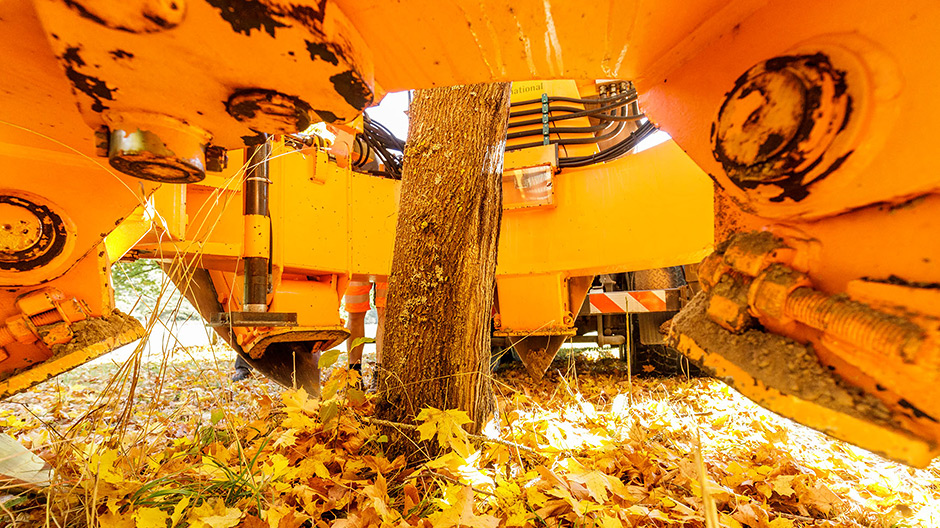
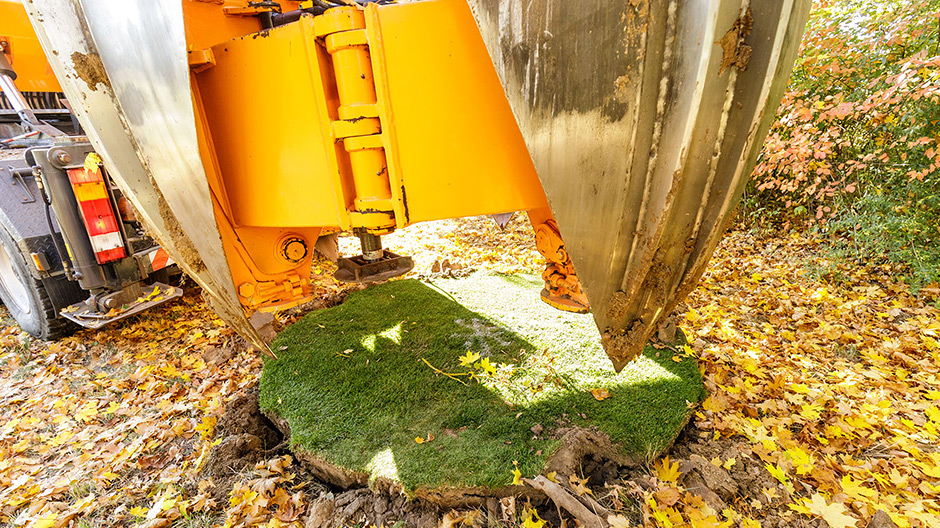
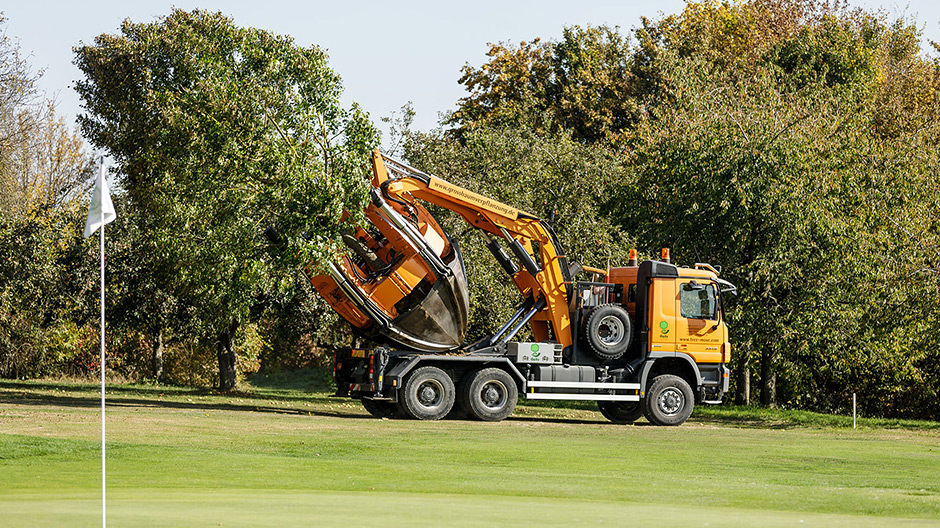
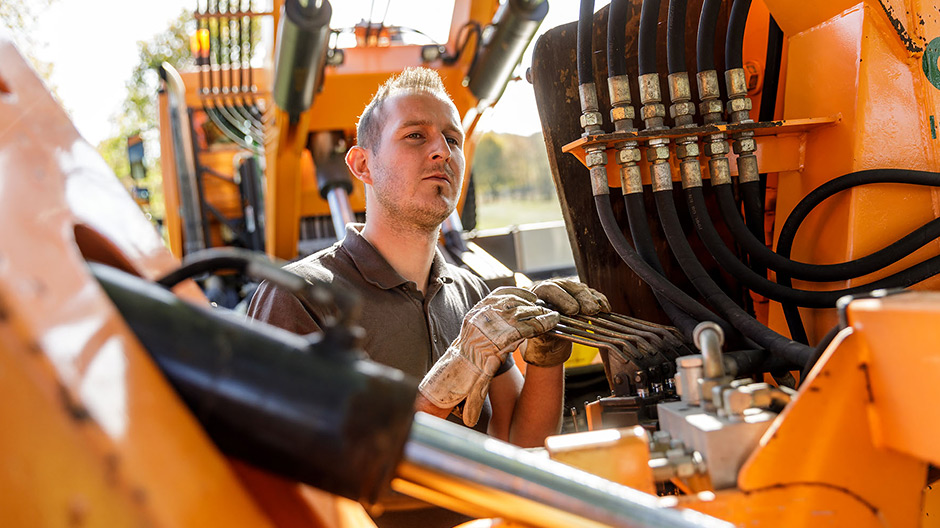
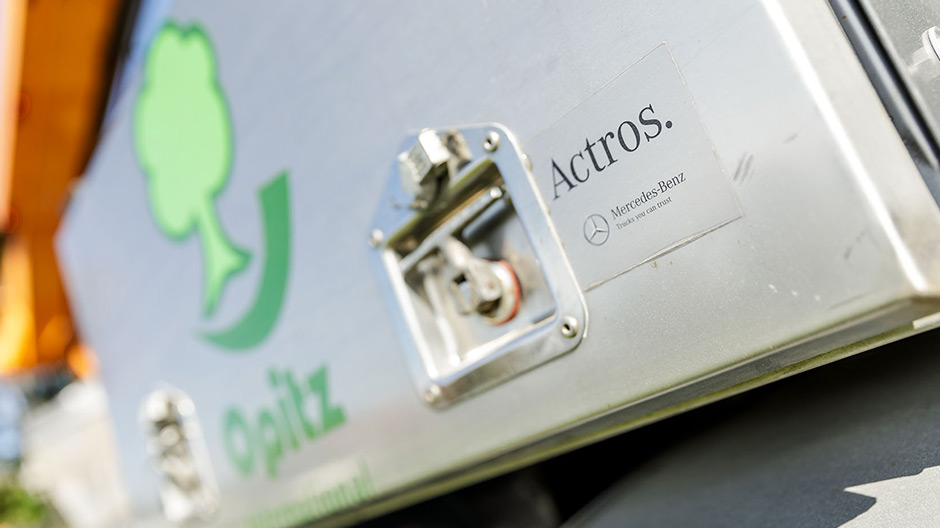
Ideal conditions.
Thomas manoeuvres the truck back to one of the lime trees and engages the power take-off in the Actros. He skilfully operates the 15 levers. The five spades are driven by hydraulic cylinders with an operating pressure of 180 bar. He extends the boom of the machine and opens the circular frame on which the spades are mounted.
He then positions it so that the tree trunk is exactly in the centre. One last look and then the spades dig their way into the loamy soil one after the other. 3.5 cubic metres of root balls are loosened from the soil. It crunches a little, as the machine cuts through some roots. “That’s completely normal,” says Herbert Porlein, project manager of the transplantation initiative. “The large roots are mainly responsible for ensuring stability in the soil. The small, fine roots are what really matter. They provide the tree with water and nutrients.”
This article contains additional material (videos, images and reports etc.) for registered RoadStars members. In order to experience the article to the full, you need to log in with your RoadStars account or register for one free of charge.
Become a RoadStar and gain access to exclusive content and campaigns!
Login for RoadStars members
Not yet a member? Join RoadStars now
Obtain exclusive access to exciting events and activities which only RoadStars can offer.
Join RoadStarsThe best time to move trees is in autumn, when they stop growing. “Today, the conditions are perfect,” says Thomas. Not too dry, not too wet. In winter, it would be a nightmare for the greenkeeper on the golf course. The tracks in the wet grass show how it would be here if the ground were soaked. Thomas now has to engage the all-wheel drive for manoeuvring.
Success thanks to an independently developed structure.
In addition to the Actros 3346 6x6, Opitz also uses six other Mercedes-Benz trucks. The “Optimal 2500” structure is a patented, proprietary development by company founder Dieter Opitz. It is with good reason that Opitz also has the term “International” in its company name. As a market leader in the transplantation of trees throughout Europe, the team is deployed from Scandinavia to the Mediterranean wherever there is a tree to be relocated. The 20 employees at Opitz transplant between 2,500 and 5,000 trees every year.
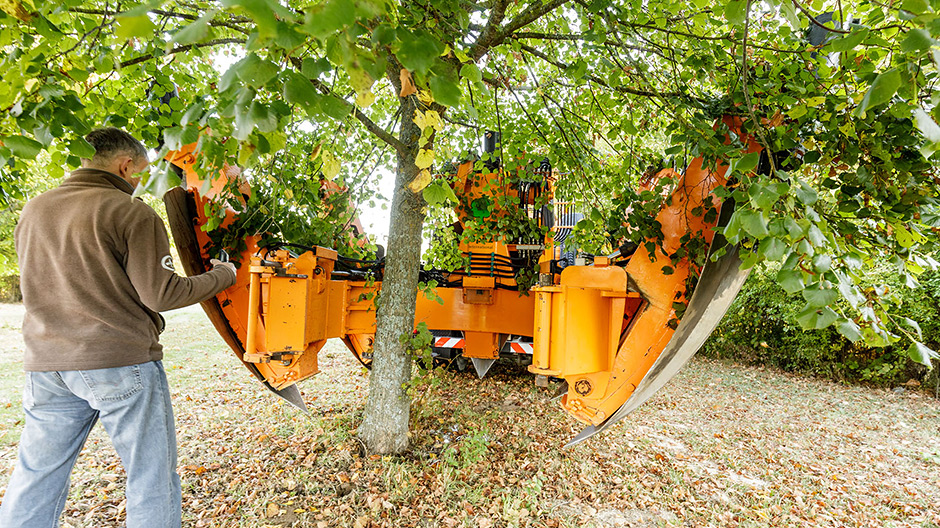
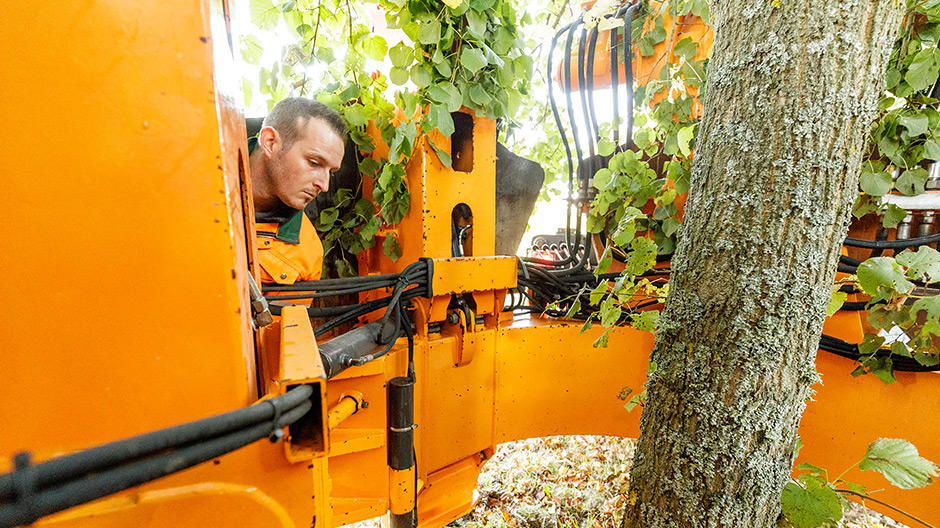
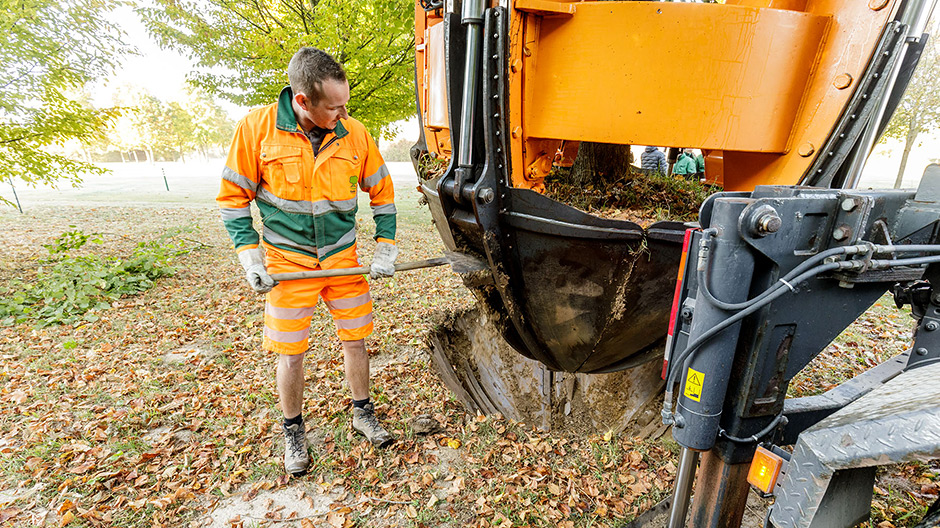
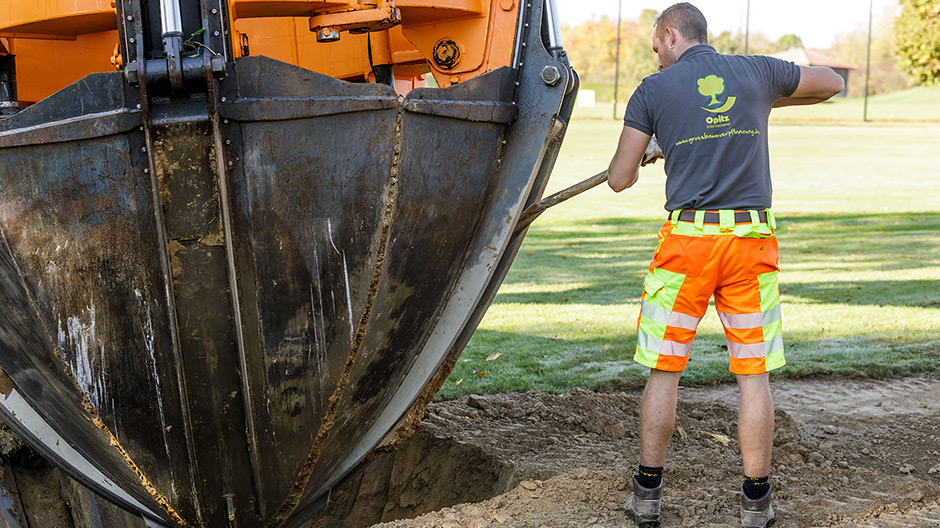
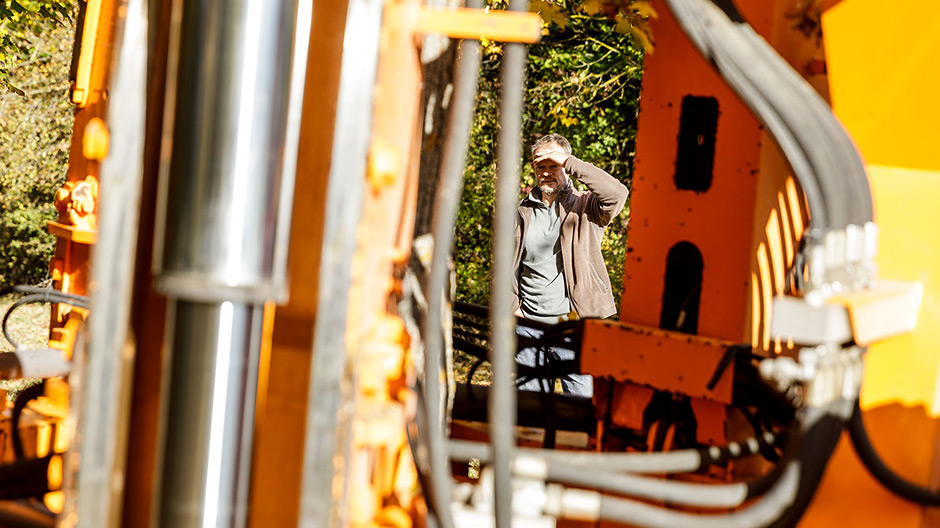
Opitz is therefore looking for qualified experts like Thomas, who has been a key member of the team for four years. In parallel to the job, he also qualified as a garden designer. “What’s great about my job is that I can combine my passions. I love driving a lorry and operating the machines, and I can also work on my apprenticeship,” says the all-rounder as he reaches for the hedge clippers to trim a few boughs. The Optimal 2500 then lifts the tree and root balls onto the truck – a load weighing around seven tonnes.
Recuperation at the new location.
After being set down at the new location, the aftercare stage begins. Arborist Jörg Stahlheber cuts the ends of the roots cleanly. “Now we need to get the small roots growing as quickly as possible,” he explains, while his colleagues distribute fungal substrate, humus granules and fertiliser around the balls to encourage growth.
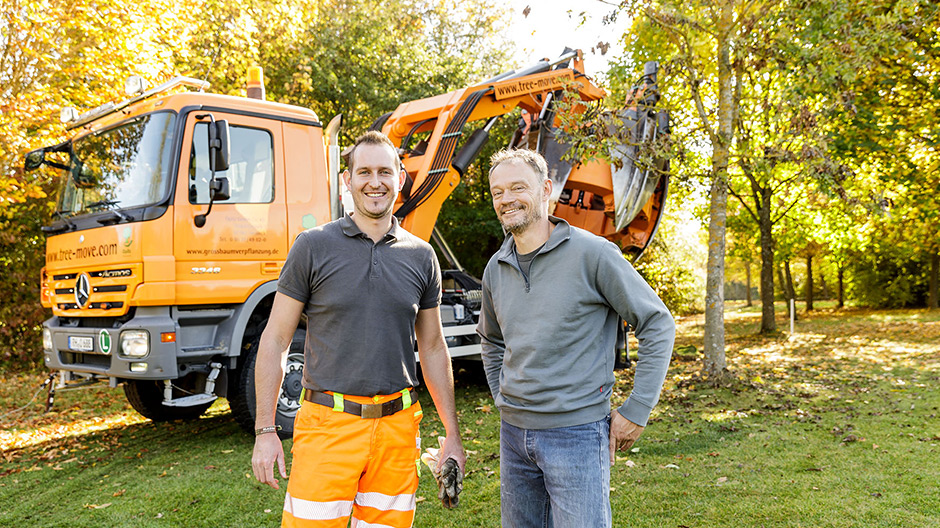
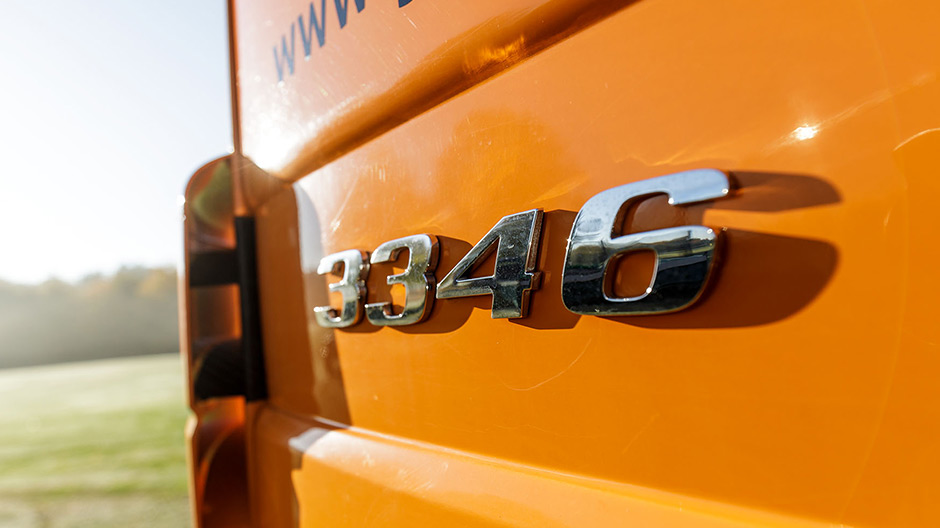
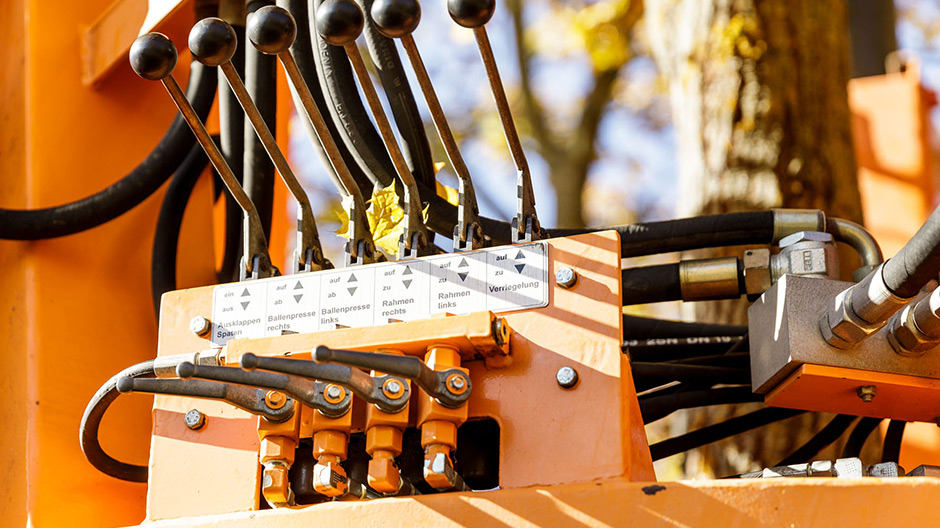
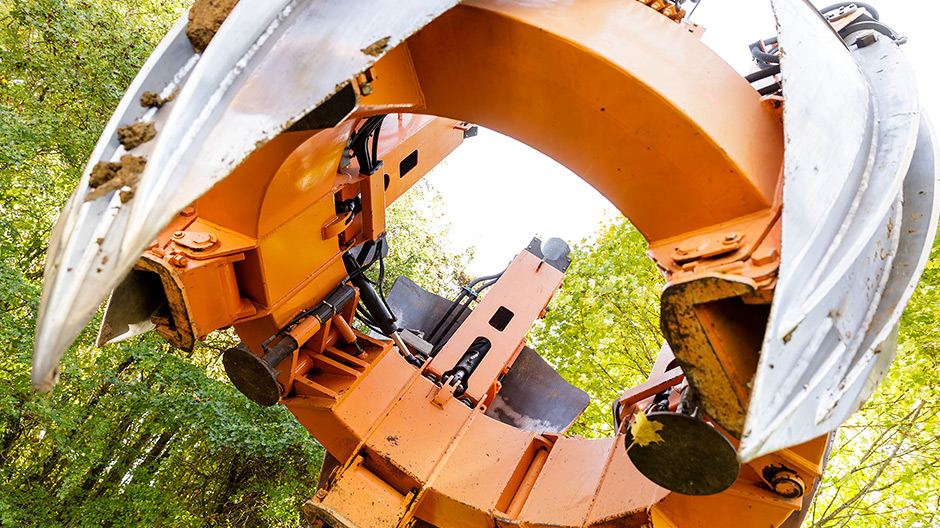
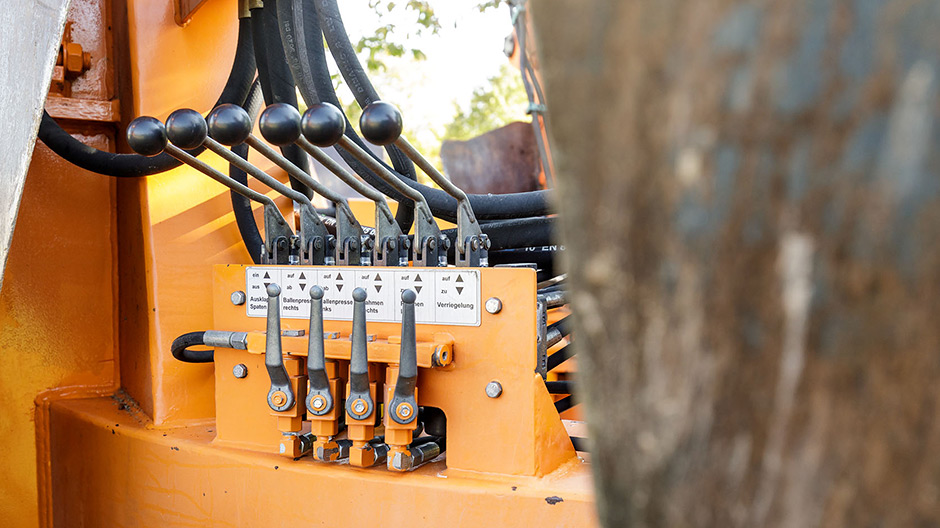
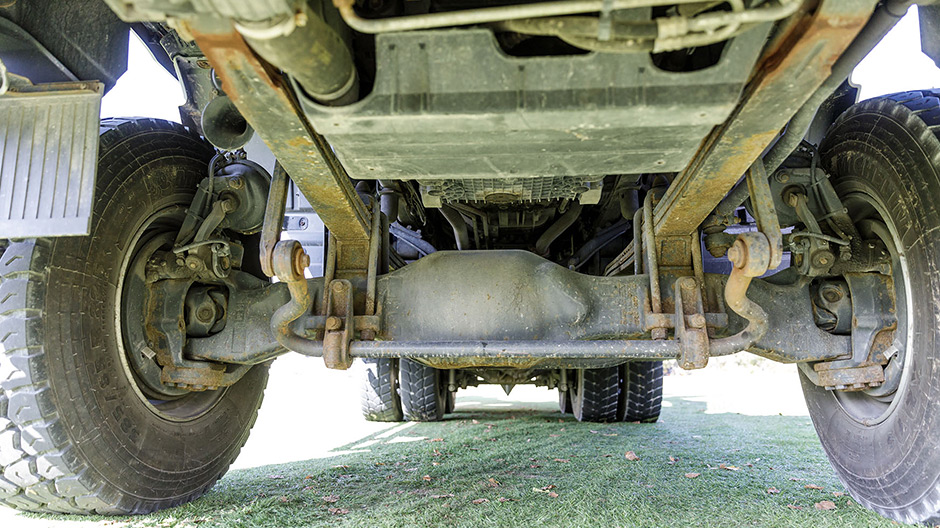
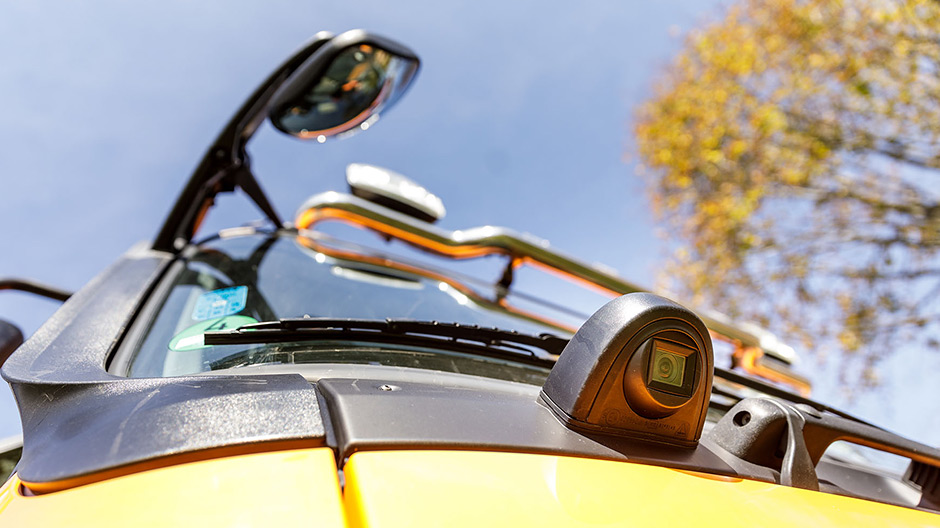
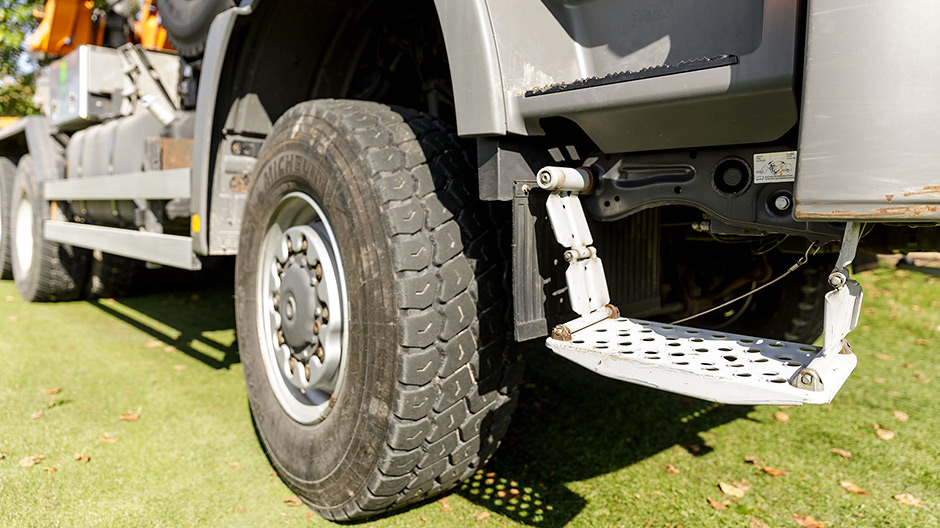
Anchoring with stakes and ropes is also important. Until the tree regains its stability with its own roots, it needs to be supported. This process takes around two years. And it is successful virtually every time. “Our success rate is almost 100 per cent in this. If the trees are treated properly, they will grow again,” says Herbert Porlein.
Thomas parks the Actros on the almost carpet-like lawn. The autumn sun is now providing some pleasant warmth in which the crew are enjoying their lunch. Then Thomas sets off once more, taking the freshly excavated material into the hole and picking up the next tree.
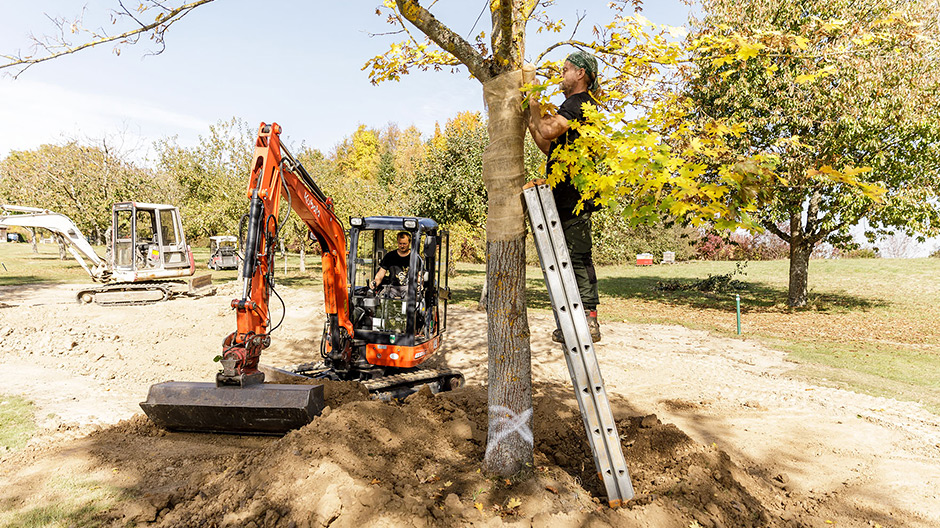
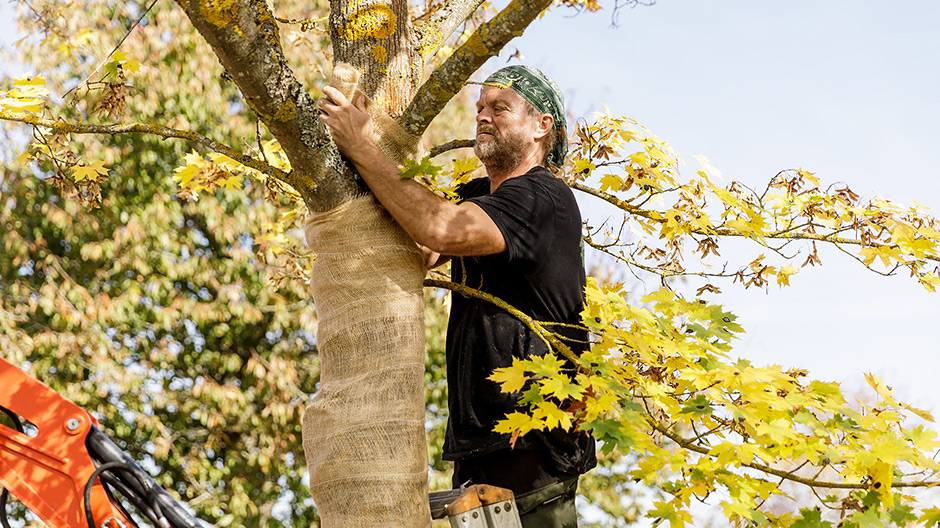
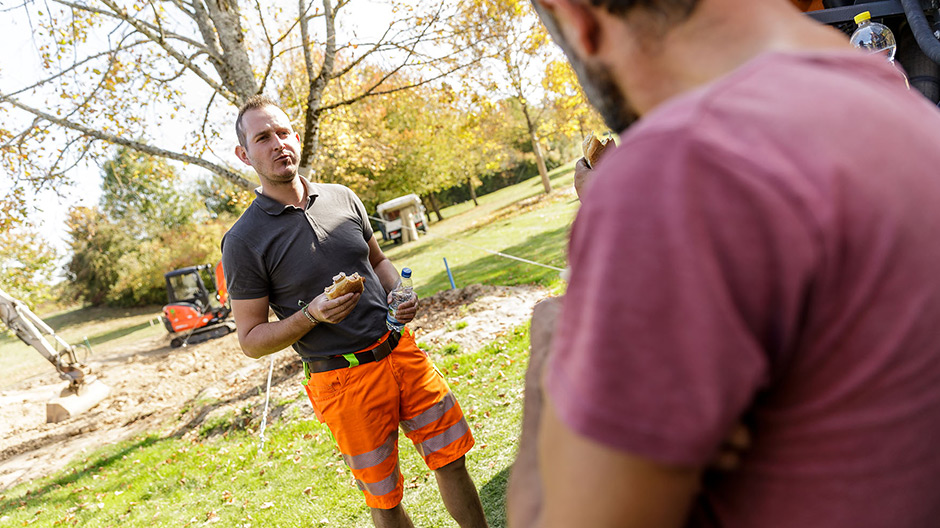
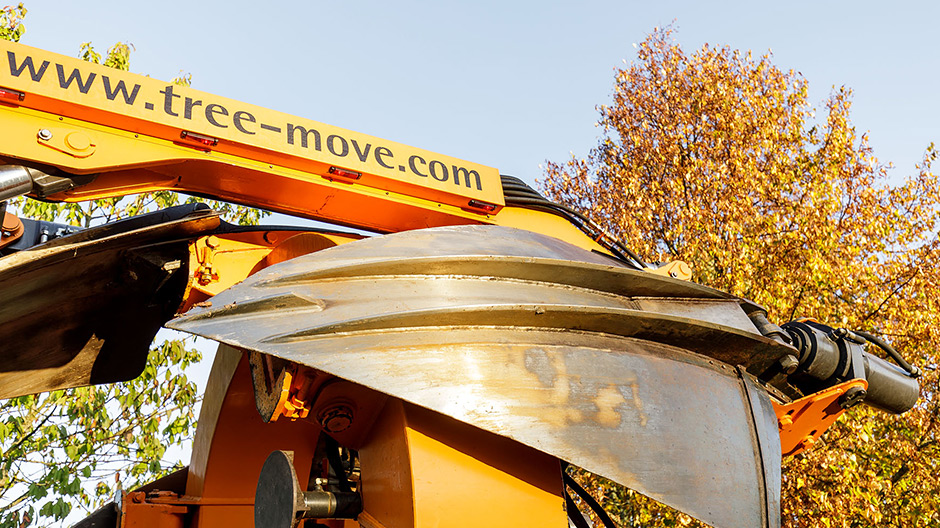
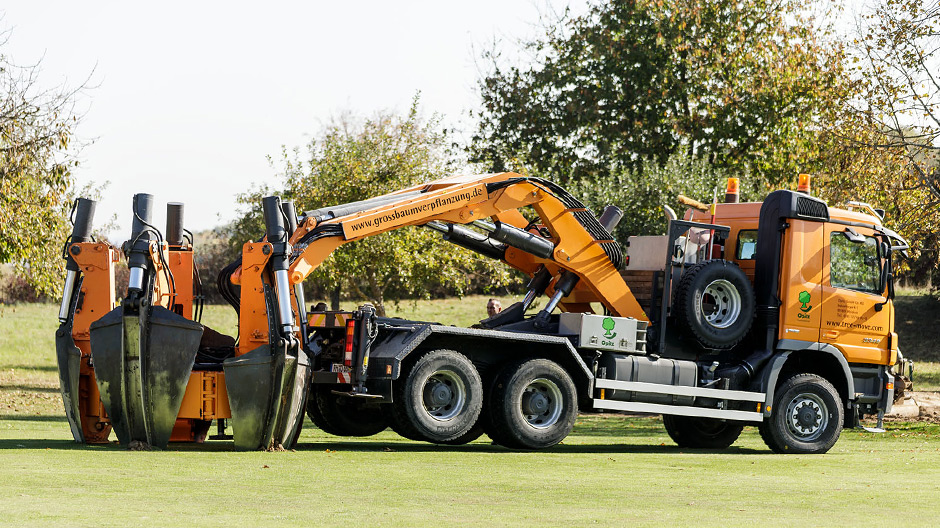
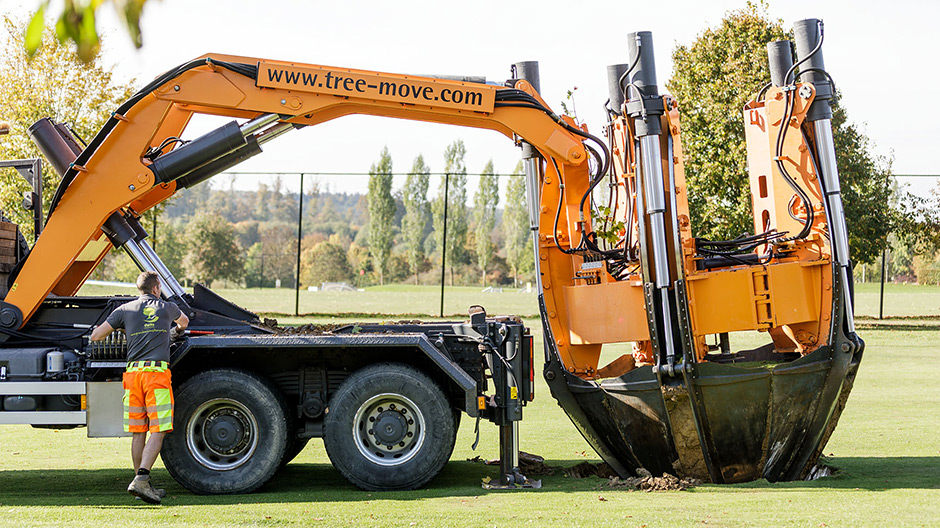
Photos: Jan Potente
Video: PRH
Kommunikation/Moritz Heitmann




Comment
Please log in to post a comment.
12 comments
Da steckt Kraft hinter 💪👍
Da steckt Kraft hinter 💪👍